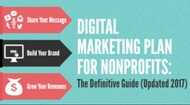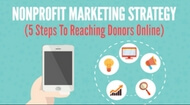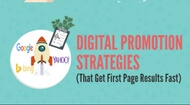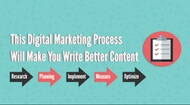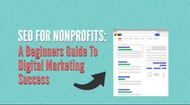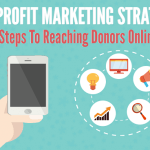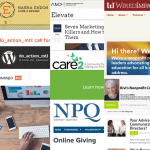Digital Promotion Strategies (That Get First Page Results Fast)
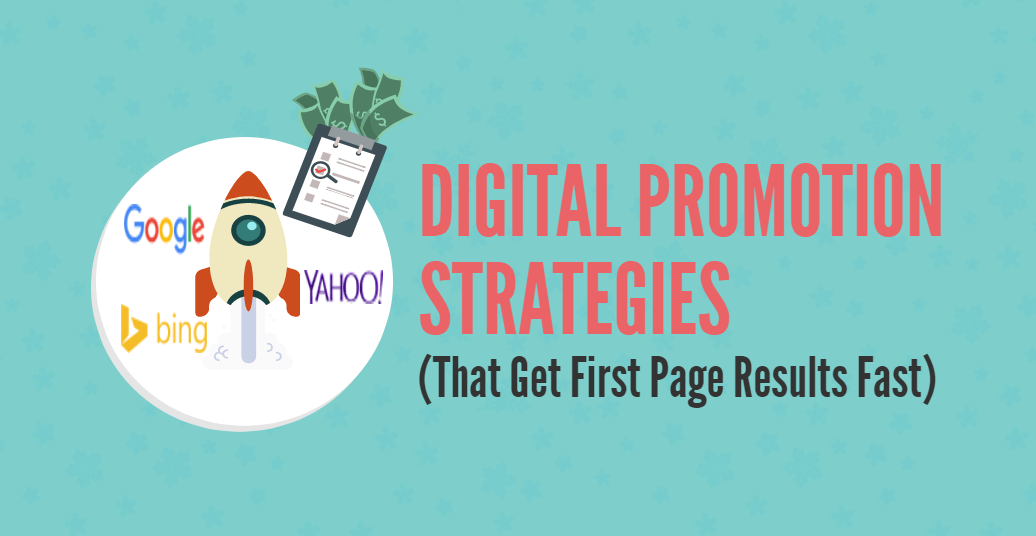
If you want to drive a successful digital marketing campaign than a digital promotion strategy is the best way to get your message heard.
Let me ask you a question:
Is there anything more frustrating than publishing content online that nobody can find?
The truth is if you don’t show up on the first page of search results, then are you’re missing out on opportunities to grow your brand’s recognition and revenues online.
There’s also growing concern in the decline of organic reach that social media posts used to receive, leaving marketers little choice but to invest in online advertising as a means to reach their audience.
But don’t lose hope.
In chapter 3, we’re going to share examples of digital promotion strategies we use to:
- Rank on the first page of Google for a competitive keyword
- Earn multiple 90+ domain authority backlinks
- Grow our social media followership
- Build relationships with industry websites
Digital Marketing Plan Chapters
What Are Digital Promotion Strategies?
Promotion strategies take a multi-channeled approach to distributing content, news, and offers.
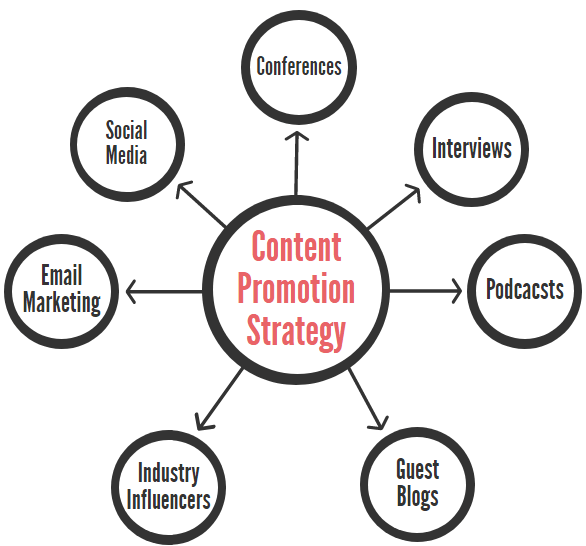
In theory, you want to be active on as many channels as resources allow.
However, since we’re talking about digital marketing I’d like to focus on the long-term growth potential from organic search.
Why?
Because 47% of all traffic to the top nonprofit websites come from organic search.
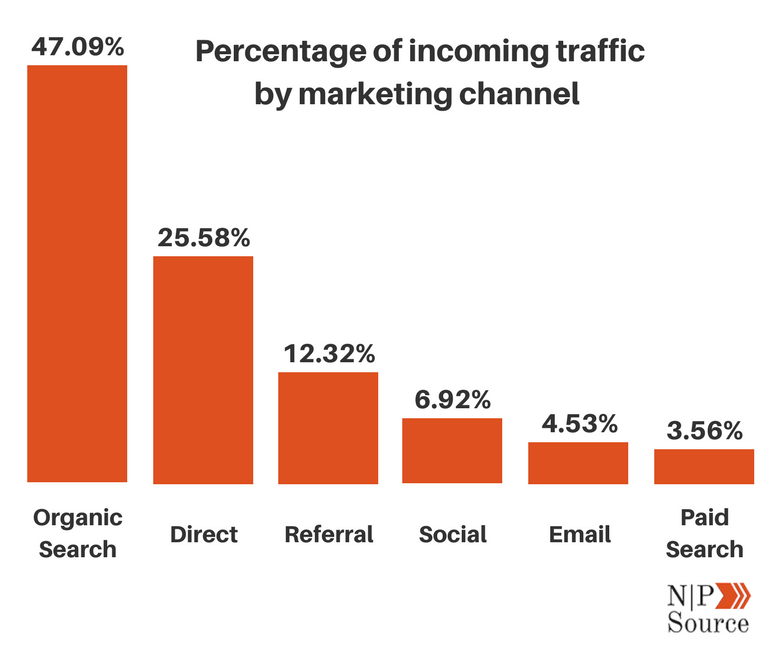
How To Grow Your Organic Search Traffic
I’ve said this in previous articles, but it’s worth mentioning again:
Backlinks are one of the top three Google search ranking factors.
If you want first page results, especially for competitive keywords, you need people linking to your site.
The reason backlinks are so important is because search engines use them as a sign of authority and trust.
Therefore, earning backlinks from authoritative sites increases the trust and value of your content.
Remember, it’s in the interest of search engines to show the best possible results for every search.
You might be wondering:
“What do I need to do to earn links to my site?”
Create linkable content.
Webmasters often link to external sites because they:
- Reinforce a point
- Provide supporting data-backed evidence
- Go more in-depth on a topic mentioned in the article
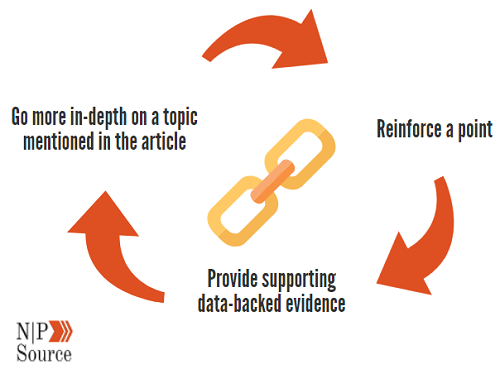
In other words, think of these as value signals:
In other words, webmasters want to link to your content because it adds value to their website.
Of course, there are other reasons.
For instance, websites that earn links are more likely to return the favor.
The theory sounds nice, but let me show you how it works in practice.
How I Earned A 94 DA Backlink
If you ask digital marketers what their goals are most will say:
Get on the first page of Google.
It may sound lofty, but what if I told you it was as easy as sending a single email?
Here’s how I did just that to rank for the term nonprofit marketing blog in 3 months:
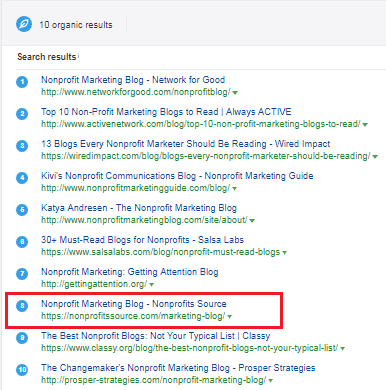
One of the first things I looked at was the keyword difficulty score.
This gives me an idea of how many backlinks I’ll need to earn in order to rank the page.
Using Ahref’s Keyword Explorer, the results show a medium difficulty of 41/100 and recommends I build backlinks from 58 websites.
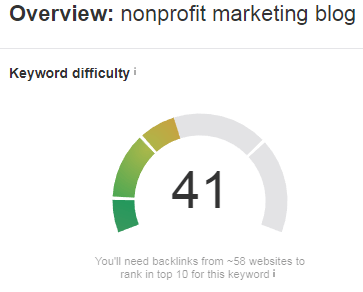
Note: Don’t obsess over this number. Recall from chapter 2 that topic authority also plays a role in how Google ranks pages. Instead, focus on creating great content that people will want to link to.
After researching the keyword I drafted an email template to send to webmasters about my blog:
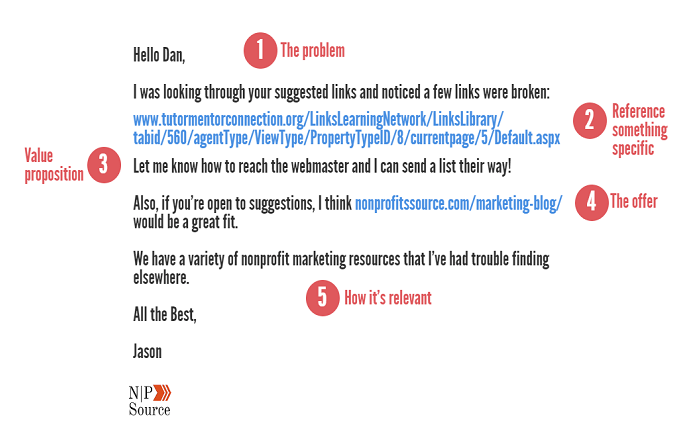
- The Problem – Explain why you’re reaching out in as few words as possible.
- Reference something specific – Being specific in your request will make the receiver more familiar and receptive to you. This reference could be a link, the name of an article, or a topic the webmaster might find interesting.
- Value proposition – Here I’m using a broken link building technique with the promise of providing a list to help webmasters fix URLs that aren’t redirecting properly.
- The offer – Notice my offer isn’t a direct ask, but instead a solution to the webmaster’s problem. If you’re too aggressive with your ask then people might question your motives. Instead, focus on building trust by delivering on value.
- How it’s relevant – Whatever your offer is, make sure it’s relevant to the audience their site serves. If it’s not related to the topics the site covers then there is no value in linking to that page.
The key to email outreach is to make it short, but actionable.
Finally, make sure to follow-up.
I’ve found it most effective to reach out once per week for at least one month. Two months if it’s a government, university or media site with a lot of authority.
Hi [Name],
I’m following-up to see if you had the opportunity to read the email regarding
the broken links on your website that I sent last week. I’ve gone ahead and
attached the full list that I found. I’d be happy to offer a few suggestions for
replacement links if you’d like.
Best,
Jason
A few hours after sending my initial email I received the first response:
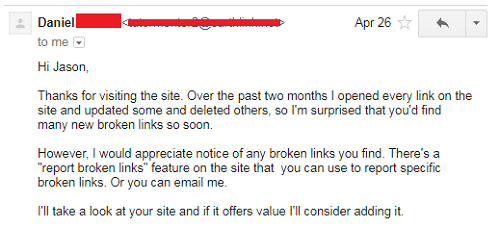
Here it shows the webmaster does check for broken links and is more than happy to receive my list.
What I do next is important:
In my first email, I mentioned that I had found a few broken links on a specific page.
After conducting a site-wide analysis I found 230 additional broken links that I was more than happy to share.
I also provided additional resources on tools the webmaster could use to find and fix future issues:
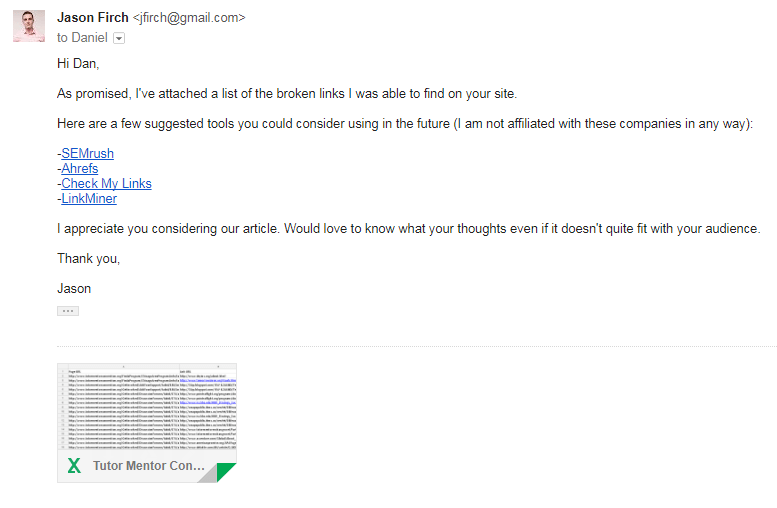
I did this because I wanted to go above and beyond expectations to deliver on my value.
My main goal here is to avoid being seen as an interruption.
Yes, I am helping the webmaster out, but he still has to take time out of his day to read my emails.
For this reason, I want to take advantage of any opportunity to continue to add value to the conversation.
I was able to get a backlink to my site just one day after sending my first email:

A month or so after getting that link I noticed my search rankings for the term, “nonprofit marketing blog,” jumped from the 5th page and hovered between page 2 and 3.
But it didn’t stop there.
Somehow my blog page was visible enough to be recognized in a link roundup of the top 75 nonprofit marketing blogs:
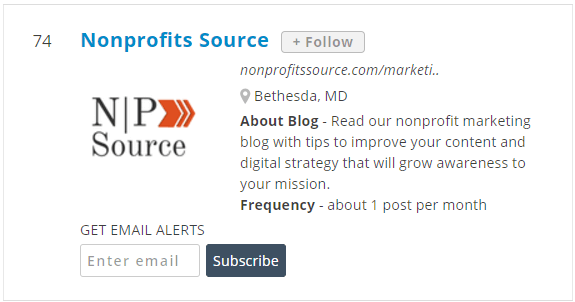
That second link was all it took to push my blog on to the first page.
Around the same time, I sent an email to the Oxford University Press using the broken link technique:
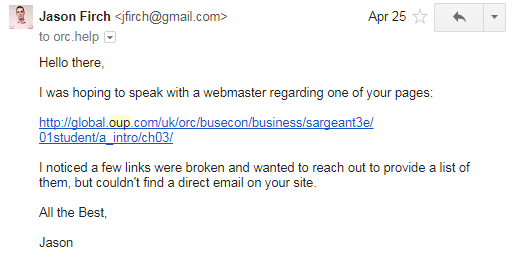
The list that I provided was enough to earn a backlink with a domain authority of 94.
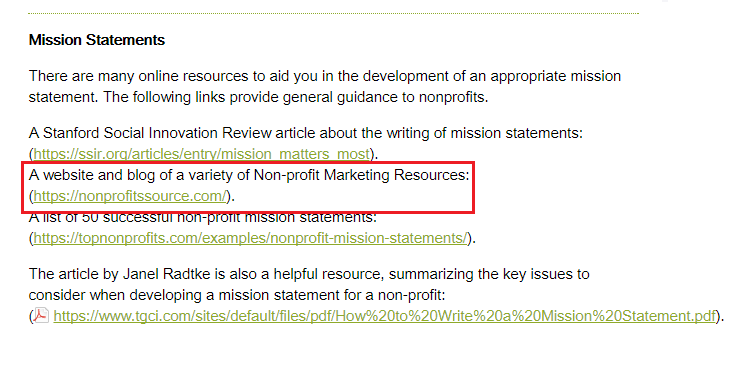
At this point you might be thinking:
“This sounds great, but how do I get those kinds of results for my website?”
To which I say:
It’s pretty easy if you develop a content outreach campaign!
Earn Links With A Content Outreach Campaign
An outreach campaign is your action plan for spreading the word about your organization.
First, start by identifying your campaign goals so you can measure progress.
For example, after publishing a new article you might want to:
- Earn 5 backlinks
- Receive 500 social shares
- Have 5,000 views
- Appear on the first page results in 3 months
Now that you’ve set your goals it’s time to create a list of websites that are relevant to your content offerings.
I chose to analyze the metrics for the phrase, nonprofit marketing, in Ahrefs, because it’s related to the phrase I want to rank for.
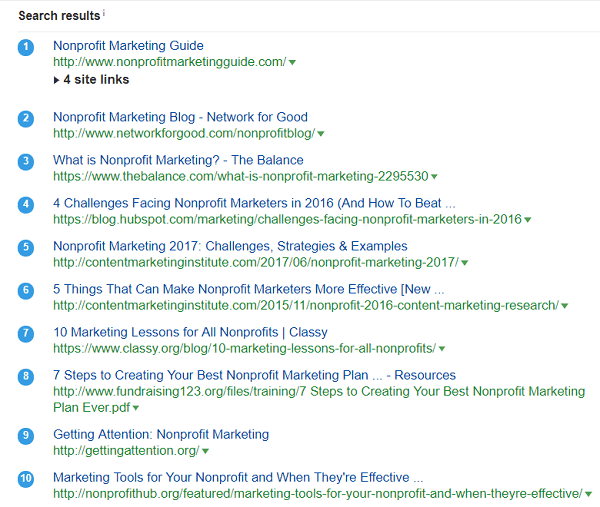
The top 10 search results in Google will then populate:
You can accomplish the same thing with tools like Moz, SEMrush, or Majestic, but I prefer Ahrefs because they update their backlink data more frequently.
Next, I take each URL and place it in Ahref’s Site Explorer tool.
In this example, I’m using a link from the Content Marketing Institute.
On the site’s dashboard you’ll want to click on the referring domains:

In this view I’m able to see every website that links to the article:

The thought is simple.
If the title and contents of the article being linked to are relevant to mine, then it’s reasonable to assume people might also link to my content.
Because I’m using a broken link building technique I’ll have to test each page with a broken link checker:
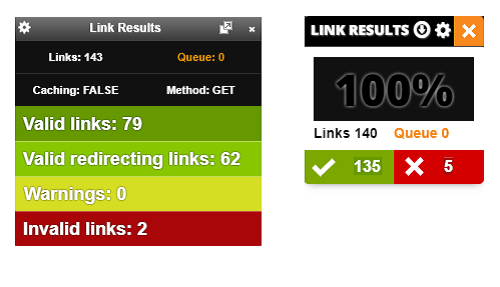
Check My Links and LinkMiner are my tools of choice because they’re built right into Chrome.
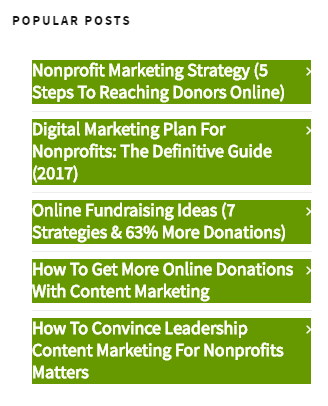
If the link is directing properly it will be highlighted in green:
However, if it’s highlighted in red then that means the link is dead.
Once you’ve found a page with a broken link, use the email template above and send it to the webmaster.
When you get a response I highly recommend running a full site-analysis to check for broken links.
My tool of choice is SEMrush’s Site Audit:
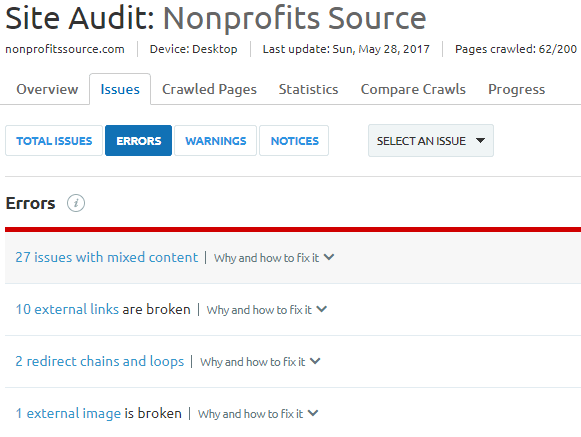
You can then download all of the broken links into a .CSV file to attach to your email.
There is one thing to keep in mind.
Don’t expect a flood of responses, even if you believe your content is a perfect fit.
People either:
- Don’t have the time
- They’re not interested
- Are too busy working on other projects
For this reason, I recommend building a list of at least 100 contacts.
If you can manage 1 backlink for every 100 emails sent then consider your outreach a success.
It’a tedious, but the results do pay off for the effort put in.
There are other ways, however, to achieve similar results with less work.
Build Relationships With Industry Influencers
Marketing is all about relationship building.
And not just with your audience.
If you want your organization to be seen as an industry expert then you need to reach out to those in your field.
One of the best ways to do this is by delivering content that aids in the understanding and advancement of knowledge in your industry.
The Society For Human Resource Management (SHRM) for example:
- Surveys and reports on industry trends
- Educates members on HR practices
- Advances the knowledge of HR professionals
Here are three methods I’ve used to get 2,000+ social shares on a single blog post and earn backlink from industry websites.
1. Reach Out To Influencers On Social Media
When I published my article, “How To Get More Online Donations With Content Marketing,” I never expected it would receive over 2,000 shares on social media.

All it took were two messages to industry influencers on Twitter:
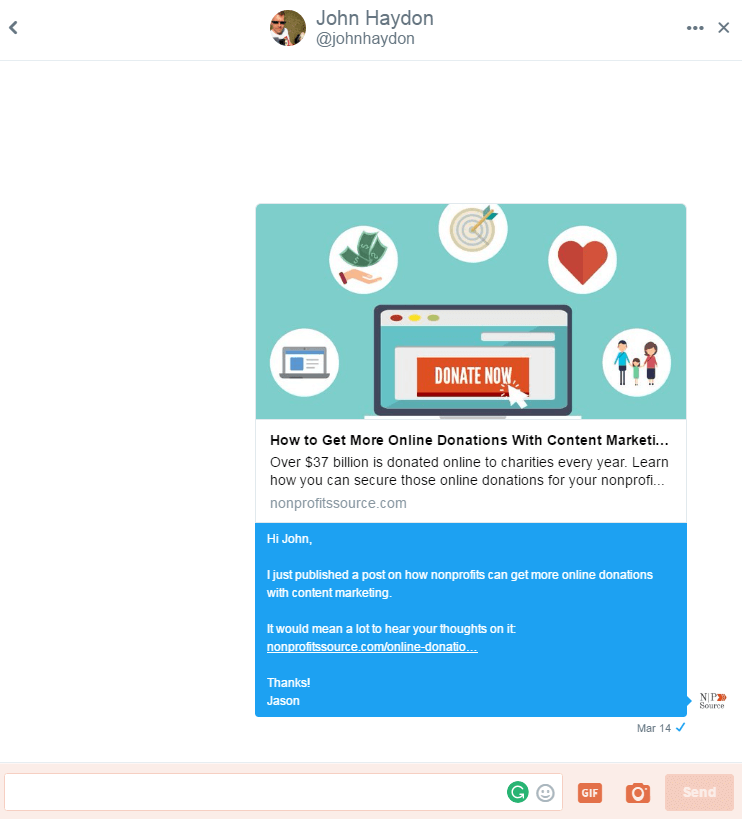
Notice that I’m not asking for anyone to share the article, but instead asking for feedback.
As a result, the article was retweeted out to 90,000+ followers:

But sometimes the direct ask can work if you’ve got something of real value.

And influencers are more than happy to share your content to their information hungry audience:

If you mention someone in one of your articles then make sure to let them know!
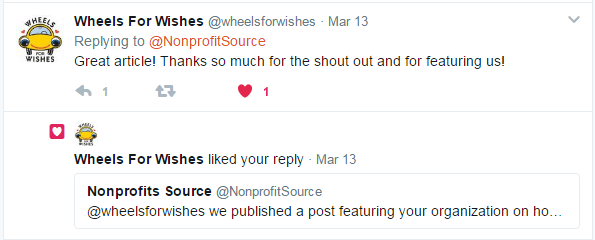
These are neat tactics to promote your content and hopefully gain a few new friends.
However, building meaningful relationships with industry websites is more impactful.
2. Earn Backlinks On Influencer Websites
The biggest honor a website can give to another is a link. It’s also a clear way to measure the value of your content.
Our new friends at Sashaendoh.com were willing to give us that honor in an article they posted in July:
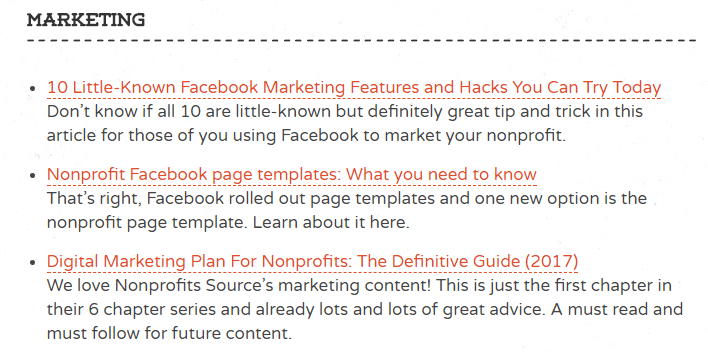
So how do you build these relationships?
Try doing something helpful for someone with zero expectations of getting anything in return.
Back in April, I tweeted a link to a content offer from their site that received over 10,000 impressions:
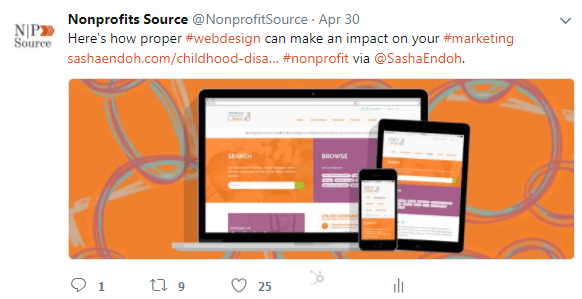
I also make an effort to share their articles on a regular basis.
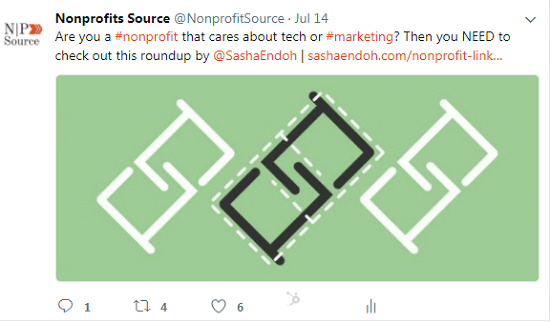
I can’t say for certain that the social shares were the reason my content earned a link, but at the very least it was enough to get noticed.
3. Be Active Where Your Audience Is Active
Every now and then I like to get involved in the #NPChat hosted by Give.
This chat reaches tens of thousands of impressions across hundreds of accounts that are relevant to the industry my website serves.
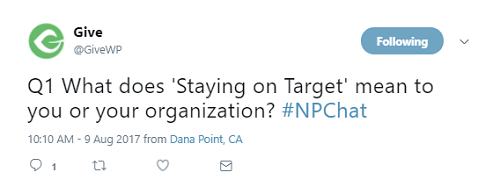
It’s the perfect opportunity to get exposure, build my brand, and establish myself as subject matter expert.


Sometimes you’ll also get attention from other participants, like our friend @Carol_Stephen:

Relationship building is key to mastering any form of marketing.
And having more friends online makes it easier to distribute your content and improve search rankings.
As a result, our Twitter profile has grown to over 1,200 followers who happen to be involved in nonprofits and/or digital marketing.
In chapter 4 I’m going to show you how to create a digital marketing process that will teach you how to write content your audience will love.
Nice work! You’ve just completed chapter 3 on how to create a digital marketing plan for nonprofits
Here’s a quick recap of what we learned:
- A digital promotion strategy – provides a way to distribute content online.
- Earning backlinks – is an essential component to getting first page results on Google.
- Create an outreach campaign – using a broken link building technique is an effective way to create value for webmasters.
- Reach out to influencers on social media – to get your content shared and build brand trust.
- Form meaningful relationships – with industry websites help earn links and gain industry exposure.
Related Articles:
- Digital Marketing Plan For Nonprofits: The Definitive Guide (2018)
- 5 Step Content Marketing Strategy For Nonprofits (W/ Examples)
- SEO For Nonprofits: A Beginners Guide To Digital Marketing Success
- The Best Social Media Resources For Nonprofits
- How To Create Successful Digital Marketing Goals That Get Results


